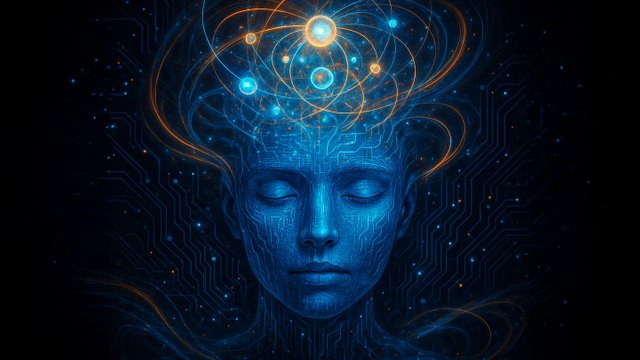Consciousness in robots with quantum chips

The spark of life that will give consciousness to machines.
The experiment

Classical robots versus quantum robots.
Follow my publications with the latest in artificial intelligence, robotics and technology.
If you like to read about science, health and how to improve your life with science, I invite you to go to the previous publications.
If you like to read about science, health and how to improve your life with science, I invite you to go to the previous publications.